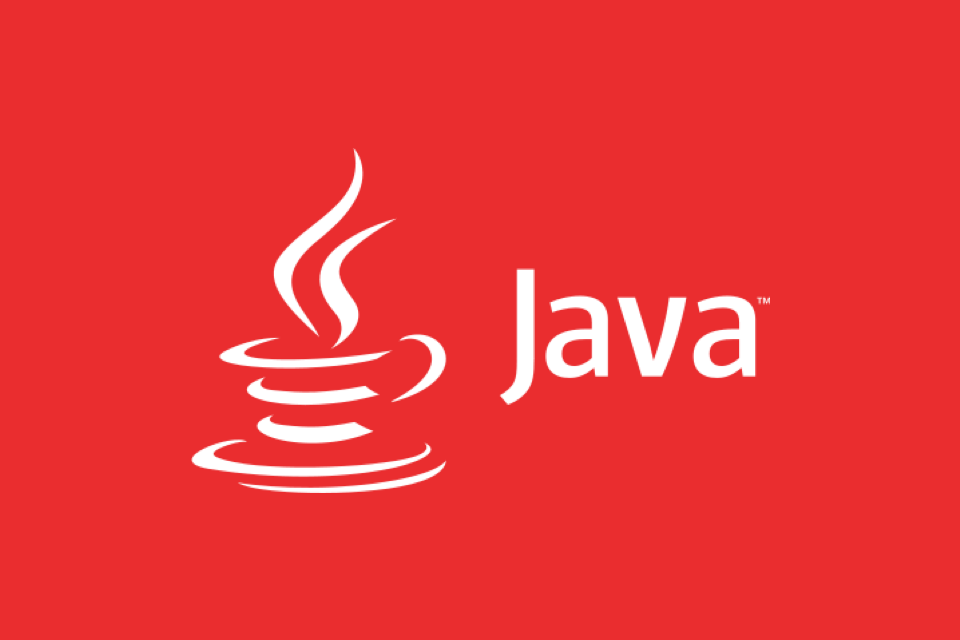Red Hat has introduced a new Java distribution, Mandrel, that compiles Java applications directly to native machine code for faster startup with lower memory.
Based on Oracle’s GraalVM, Mandrel offers an additional community-supported build with minor differences. Red Hat’s senior director of engineering, Mark Little, explains, “Mandrel can best be described as a distribution of a regular OpenJDK with a specially packaged GraalVM native image.” The primary driver behind Red Hat’s introduction of Mandrel is to drive speed and efficiency of the Quarkus framework, with its “supersonic subatomic Java.” Quarkus is a framework offering both local development with rapid reload as well as containerized or serverless distribution to cloud providers. Since its first introduction in 2019, Quarkus has emphasized the ability to build native executables that start faster and decrease cloud operational cost & resources.
The head of GraalVM, Thomas Wuerthinger, responded to the release of Mandrel, stating, “Thank you @maxandersen and colleagues for active participation in the @graalvmcommunity!”
Andres Dinn explained the role of GraalVM and Mandrel in episode 7 of the Quarkus Insights video series. The video explains usage as well as various technical details with questions such as the difference between just-in-time compilation and ahead-of-time compilation. Dinn explains the benefits and drawbacks of each and where they are best suited.
Mandrel’s GitHub repository represents a fork of GraalVM but does not yet offer binary distribution. Instead, users compile the JDK themselves by following the provided instructions.
#java
